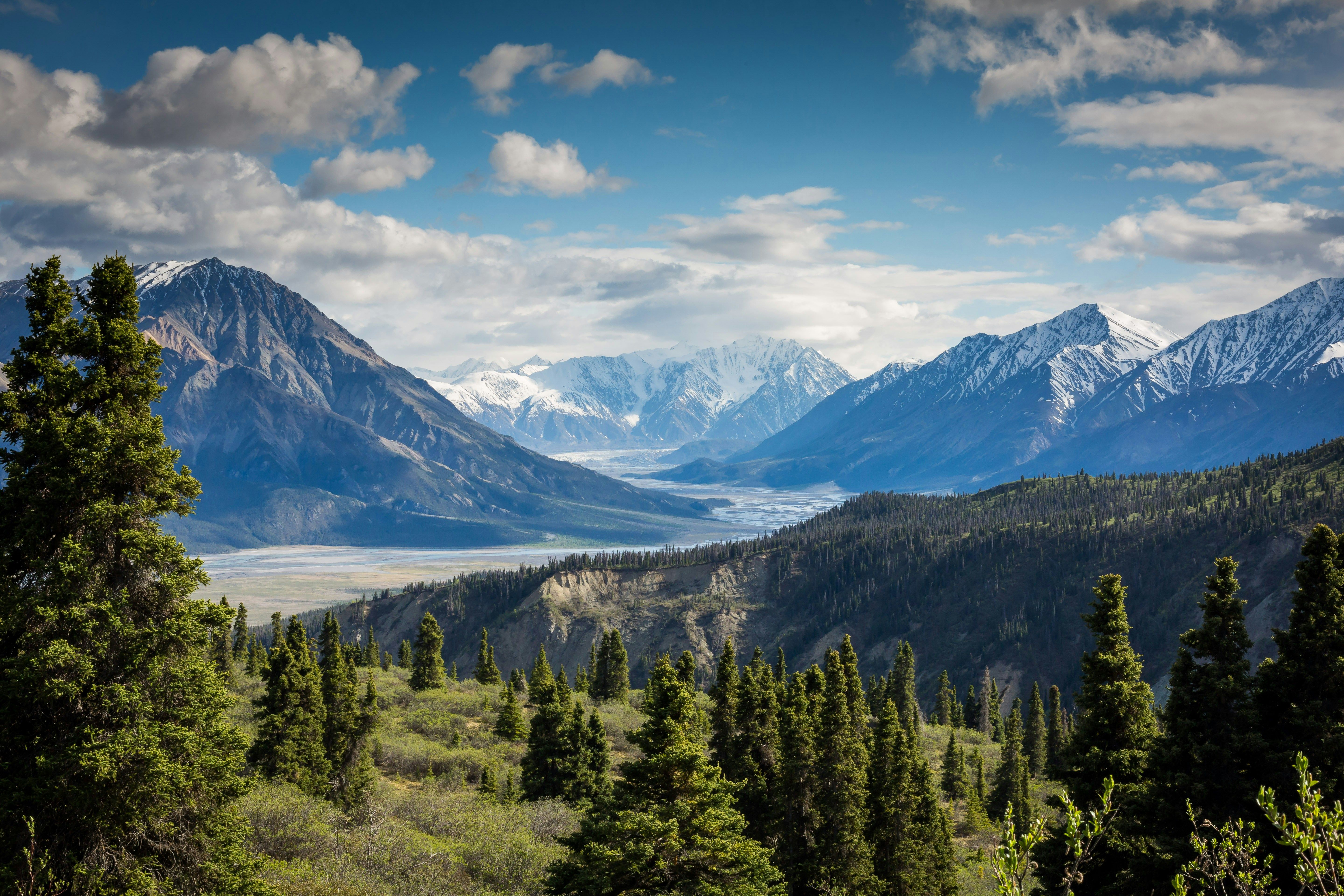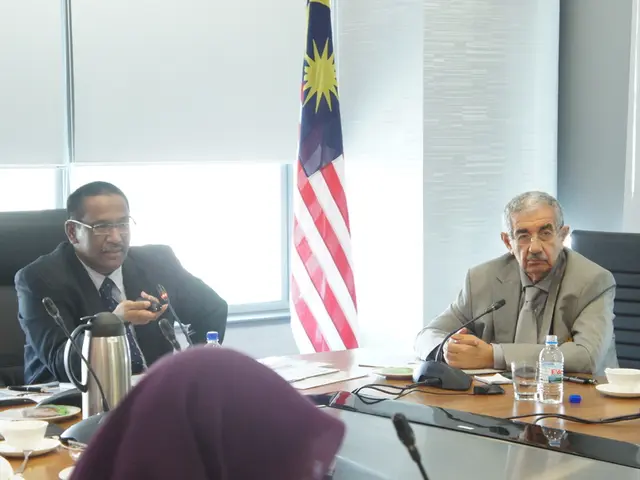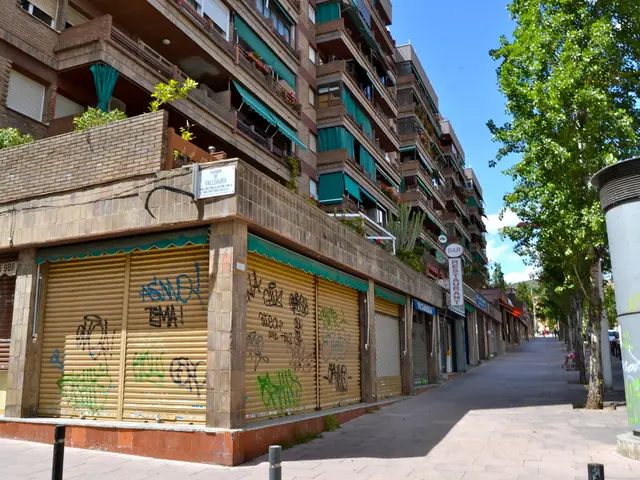Booming Tourist Influx in Hong Kong Restaurants May Yield Limited Profits During 'Golden Week'
Golden Week Travel Boom: All Hands on Deck!
Hong Kong played host to a staggering 567,928 visitors from Thursday to Friday, marking the opening days of their Labour Day holiday, a 33% surge compared to the same period last year with 425,776 tourists. As the city reaches the midpoint of Golden Week, 225,017 people had already arrived on Saturday evening. Notably, 186,819 hailed from the mainland, surpassing last year’s daily attendance. A whopping 418,000 local residents chose to venture elsewhere during the holiday.
Industry leaders credited several factors for this welcoming influx, including Hong Kong's widespread promotion across the border and its appearances on mainland TV shows.
Simon Wong Ka-wo, president of the Hong Kong Federation of Restaurants and Related Trades, predicted merely a 5% overall increase in industry earnings despite the notable surge in visitor numbers. "Our industry isn't exempt from the occasional challenges we encounter," Wong confided. "Regardless, the city's popular spots like Sai Kung, Tsim Sha Tsui, and Mong Kok drew impressive crowds, with restaurants there reaping the benefits.
Government Promotion and Policy Support have undeniably played a role; the SAR government's focused campaigns attracting both mainland and international tourists. The resumption of multi-entry permits for Shenzhen residents also eased travel, increasing same-day tours.
New cultural and attractions, like the Kai Tak Sports Park, which made headlines with viral videos and mainland TV dramas, also pulled in curious visitors from the Greater Bay Area. Traditional events and iconic attractions, like the Pandas and Bun Festival, continued to appeal to cultural tourists.
Citybus's 24-hour sightseeing pass addressed the demands of same-day visitors, leading to a significant Q1 2025 passenger increase. Furthermore, tailored tour packages, including overnight stays for 75% of mainland groups on May 1, lengthened visitors' stays.
Mainland visitors surged, with over 213,000 on the first day (May 1), projecting a total of 840,000 visitors, marking a 10% YoY growth. Meanwhile, non-mainland arrivals saw a 50% YoY increase to 43,000 in the first two days.
However, sustaining spending remains a challenge as occupancy rates reached 96% for Labour Day eve, only to encounter mixed prospects due to lower per-tourist spending and local residents traveling to Shenzhen. This shift toward budget-conscious tourism is apparent.
In a nutshell, Hong Kong's tourist growth can be attributed to strategic promotions, novel attractions, flexible travel options, and policy easing. Nevertheless, striking a balance between attracting larger crowds and ensuring favorable spending trends remains a priority.
- The surge in visa applications from mainland China suggests that the business of immigration may see a significant boost during Golden Week, with the number of applicants expected to exceed last year's figures.
- Given the boom in travelers during Golden Week, it's likely that trade in local goods and services will see an increase, particularly in areas popular with tourists like Sai Kung, Tsim Sha Tsui, and Mong Kok.
- The influx of mainland visitors during Golden Week has already surpassed last year's daily attendance, which could potentially lead to increased earnings for businesses in the hospitality sector, such as restaurants and hotels.
- Lifestyle choices of visitors, including their preference for budget-conscious tourism, could become a factor in the earnings of businesses during this travel season, as shown by a lower per-tourist spending trend.
- The striking increase in tourists during Golden Week, coupled with the resumption of multi-entry permits and the introduction of novel attractions, may influence future immigration policies and travel regulations in Hong Kong.




